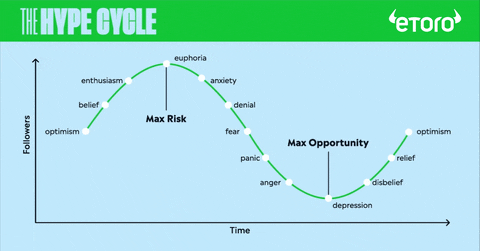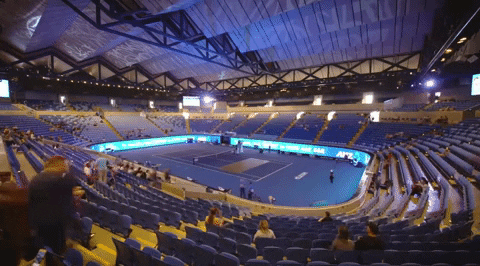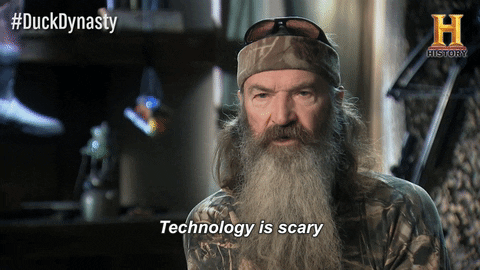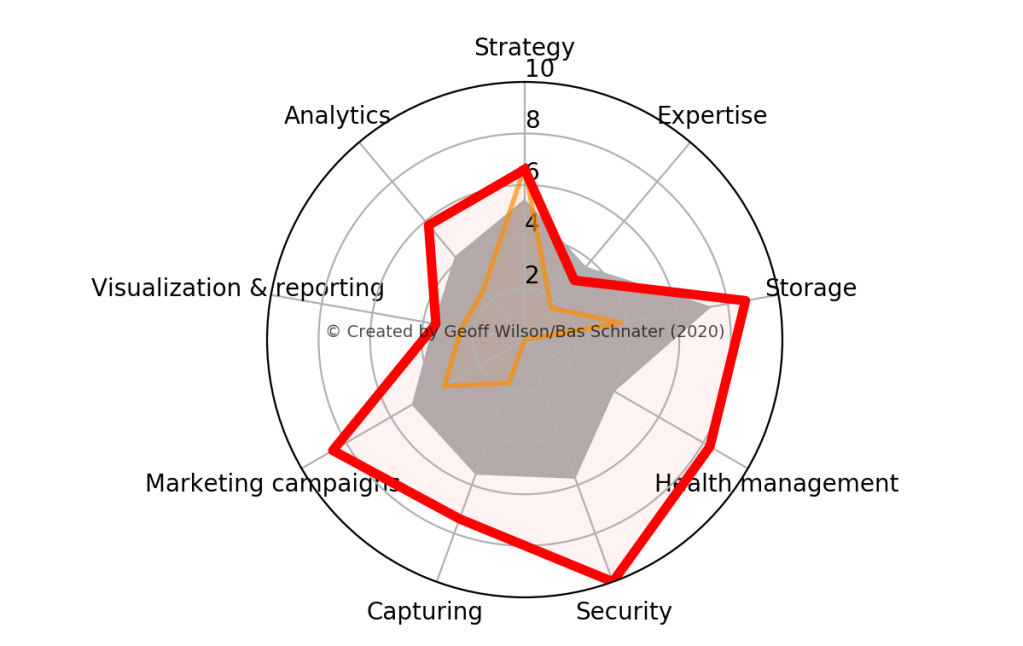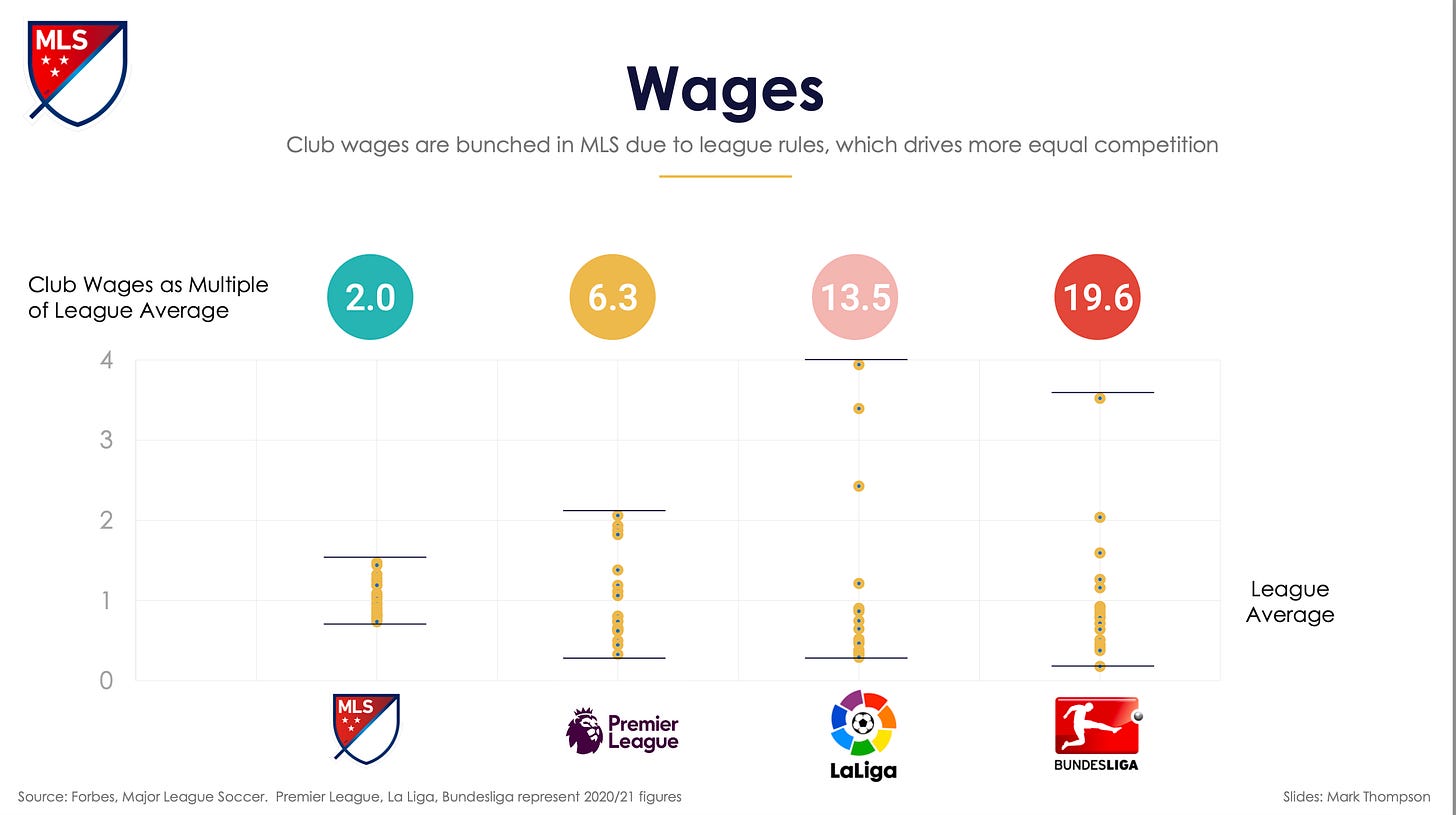Introducing the Fan Journey Model. Or why sports needs to enter the (strategic) matrix.
Sports technology industry insights, news, and analysis. Brought to you by STWS.
Welcome back to Sports Tech Feed! We spoke with sports industry strategist Geoff Wilson about the Fan Journey Model, a new way to assess and improve the in-stadium experience. We also look at the growth of the MLS from the perspective of a Premier League CEO.
Tools For Thinking
Strategic models, matrices, and methodologies are indispensable tools for strategic decision-making in many industries, especially technology.
Developed by academia and consulting firms, these are standard tools, represented graphically, for evaluation and decision-making support in organizations.
Examples include Gartner’s Hype Cycle and Magic Quadrant; the Quantitative Strategic Planning Matrix (QSPM); Hoshin Kanri Matrix Template; and good ol’ SWOT analysis to name a few.
The End-To-End Fan Experience
Although these industry-agnostic tools can be applied to sports, the sports biz world lags well behind in developing our own industry-specific tools.
So when I saw the Fan Journey Map I was excited to chat with its co-author Geoff Wilson on how teams/leagues and stadium/venue operators can use it to audit their fan experience and identify strategic priorities for improvement, including tech implementation.
The Fan Journey has a sequence of touch points where the service provider (sports team) has the opportunity to meet or exceed the fan’s expectations.
Where mapping the Fan Journey leads to improved experiences across the touch points, fans feel more valued and are more inclined to remain loyal attendees, while also advocating the sports club/event to those in their network.
Deceptively simple but a useful starting point for venues of all sizes to get in the shoes of their customers.
Future Iterations
Geoff made the point that this is a tool for the industry to use, debate, and improve. So in that spirit here are some suggested changes for future editions:
Segmentation: The Fan Journey process needs to be repeated across different groups. What’s relevant for a young family may not be the same for a group of bigwigs there for corporate hospitality. That being said, there will be some fundamentals that apply to all groups (e.g. frictionless ingress/security and egress).
Cyclical: Should be cyclical, not linear. Before the stadium experience ends there should be a push to get the attendee back in the stadium and advocate to get others there too.
Hierarchy: This model is useful for getting across how the experience is at each point, then the higher order question is how important are each of those touchpoints. If Grandma is stopped and searched at security then it doesn’t matter the quality of the food service or how mind-blowing the half-time show was, Grandma (and you) are going to have an overall bad experience.

Data Capture: A useful overlay would be an assessment of data collection at each touchpoint. If it is being collected then how is it currently done, what’s being done with it (i.e. is it actually adding value or data collection for the sake of it), and what else that’s of use could be gathered in the future? Having someone in your house, so to speak, is the best opportunity for teams and leagues to capture first-party data on their fans.
Why strategy matters.
Now as a venue operator or team, you’ve run through the Fan Journey Model and identified the biggest friction points or where the experience is the poorest. So what’s the best solution for fixing it?
As the title of this newsletter would suggest, we think technology has a large role to play in improving the fan experience. We also acknowledge the answer is not always tech, but tech implemented well can have the most effective long-term and efficient impact.
If technology is going to be implemented, regardless of what it is (digital ticketing, biometric security, AR overlays, cashless F&B, parking tracking, drone cleaning, voting apps, etc., etc.), it needs to be done so strategically.
i.e. Does it make something more efficient (saving money/time/resources) and/or does it drive a commercial outcome (new or increased revenue generation)?
“What about improving the fan experience for the sake of it?” Efficiency and revenue generation may seem like a black-and-white bifurcation of the reasons for implementing new technology. But if the stadium/venue/team/league is run as a commercial enterprise then improving the fan experience should clearly be viewed as a commercial outcome.
Put simply, a better fan experience will lead to more sustained revenue. The focus on commercial outcomes anchors any fan engagement initiatives (involving tech or not) to those with the highest impact and sets strategic priorities for the organization.
New Things Can Be Scary: AR Case Study
One of the new tech initiatives focussed on improving the fan experience, highlighted by Geoff, is the in-built Augmented Reality (AR) overlay in the FIFA+ app for the recent 2022 Men’s World Cup. You can take a look at it in action here.
Fans can get timely info on players and performance without missing any of the action. Tapping on a player reveals their name, team, and key stats, including their real-time speed.
As you’ll see from the comments on my post, the jury is out on how needed/wanted this new tech is and whether it enhances or detracts from the fan experience. That’s up to the individual fan to decide, but a useful reminder that new tech will never be unanimously received with joy, and adoption/acceptance is a long-term play.
It takes a concerted effort of communicating and educating fans about why the tech is being introduced, how it will benefit them, and how it’s best used.
More models.
Some other useful tools co-developed by Geoff are the Fan Engagement Model: a matrix that identifies key touchpoints teams can interact with their fans; and the Data Maturity Model: a questionnaire that aims to pinpoint the areas where a sports organization is managing data well and what they need to improve.
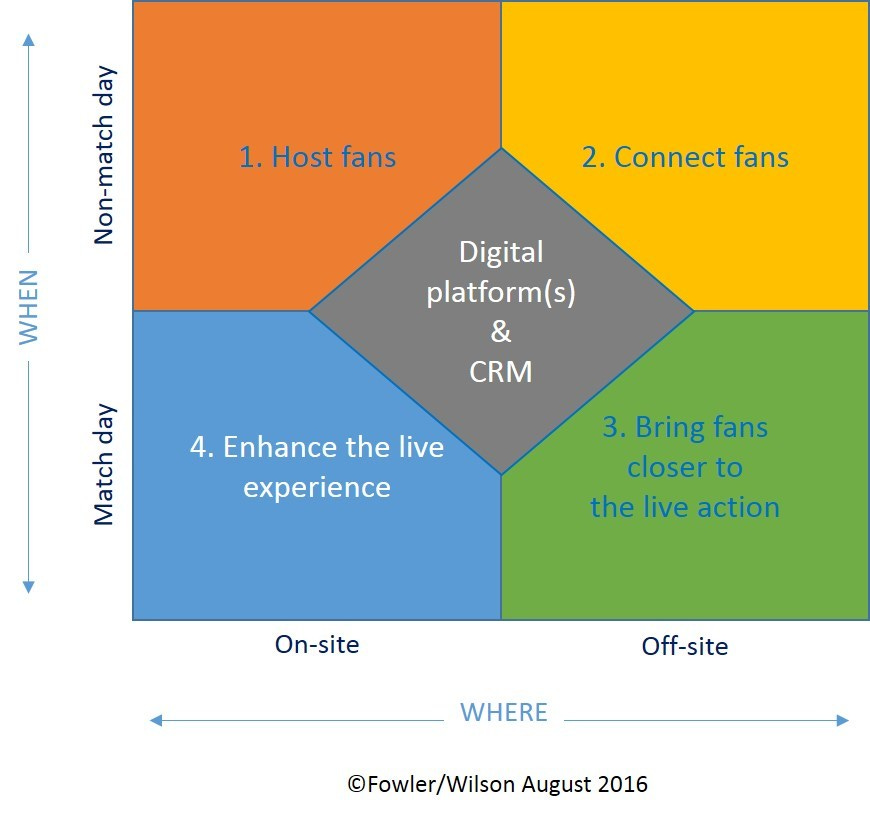
Listen to the full conversation with Geoff. You can access it via your podcast platform of choice by searching Sports Tech Feed.
What we’re reading: The Business of the MLS in 5 Charts
Mark Thompson, CEO of recently EPL-bound Burnley FC, put together this handy little cheat sheet on the growth of Major League Soccer. With the Men’s World Cup just around the corner, it seems everyone is bullish on soccer in the US of A.
MLS in 5 charts:
📈 Valuations: Higher rev. multiples vs Europe - LT growth, no relegation
💵 P&L: Steadily rising revenues, slight operating loss > focused on growth
📽 TV: Apple deal will bring growth and innovation, still trails PL
🏰 New franchises: Have positively contributed to attendance growth
⚽️ Wages: Competitive balance, per other American league structures







